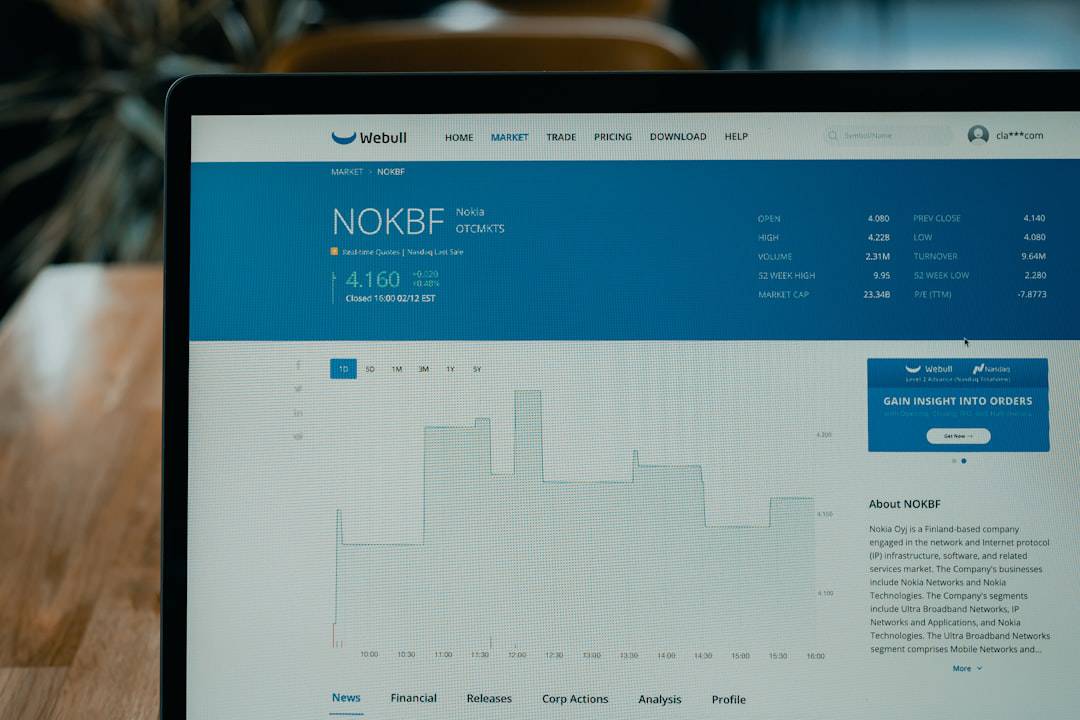Zero Trust Network Access (ZTNA) is a security framework that eliminates implicit trust within an organization’s network. Unlike traditional network security models that assume internal users and devices are trustworthy, ZTNA adopts a “never trust, always verify” approach. This model has gained prominence due to the increasing sophistication of cyber threats and the widespread adoption of remote work.
ZTNA operates by continuously authenticating and authorizing every user and device attempting to access network resources, regardless of their location or connection method. This constant verification process ensures that only authorized entities can access specific resources within the network. A key component of ZTNA is micro-segmentation, which applies the principle of least privilege to network access.
Users and devices are granted access only to the resources necessary for their specific tasks, effectively reducing the attack surface and limiting the potential impact of security breaches. By implementing ZTNA, organizations can enhance their overall security posture, protect sensitive data more effectively, and minimize the risks associated with unauthorized access and lateral movement within the network. This approach is particularly valuable in today’s dynamic and distributed work environments, where traditional perimeter-based security measures are no longer sufficient.
Key Takeaways
- Zero Trust Network Access (ZTNA) is a security model that requires strict identity verification for every person and device trying to access resources on a private network, regardless of whether they are inside or outside the network perimeter.
- ZTNA is important for securing networks because it reduces the risk of unauthorized access and lateral movement of threats within the network, ultimately improving overall security posture.
- Fortinet’s ZTNA solution works by providing secure access to applications and resources based on user identity and device posture, using a combination of technologies such as multi-factor authentication, encryption, and micro-segmentation.
- Implementing ZTNA brings benefits such as improved security, reduced attack surface, better visibility and control over network traffic, and enhanced user experience with secure remote access.
- Best practices for implementing ZTNA include conducting thorough risk assessments, defining access policies based on the principle of least privilege, continuously monitoring and updating access controls, and educating users about security best practices.
- Case studies of successful implementation of Fortinet’s ZTNA demonstrate how organizations have improved their security posture, reduced the risk of data breaches, and enabled secure remote access for their employees and partners.
- The future of ZTNA is expected to involve the integration of artificial intelligence and machine learning for more advanced threat detection and response, as well as the adoption of zero trust principles in cloud environments and IoT devices.
The Importance of Zero Trust Network Access in Securing Your Network
The Limitations of Traditional Security Measures
Traditional security measures are no longer enough to protect against modern cyber threats. With the growing trend of remote work and cloud adoption, organizations need a more robust and adaptive security approach to stay ahead of cyber threats.
The Role of Zero Trust Network Access
Zero Trust Network Access (ZTNA) plays a crucial role in securing the network by focusing on identity-based access control and continuous authentication. By implementing ZTNA, organizations can ensure that only authorized users and devices can access specific resources, regardless of their location or network access method. This helps prevent unauthorized access and lateral movement within the network, reducing the risk of data breaches and insider threats.
Enhanced Security with Micro-Segmentation
Additionally, ZTNA’s micro-segmentation approach limits the exposure of sensitive resources, making it more challenging for attackers to move laterally within the network even if they manage to compromise a single user or device. Overall, ZTNA helps organizations strengthen their security posture, protect sensitive data, and adapt to the evolving threat landscape.
How Fortinet’s Zero Trust Network Access Works

Fortinet’s Zero Trust Network Access (ZTNA) solution is designed to provide secure access to applications and resources while ensuring that only authorized users and devices can gain entry. Fortinet’s ZTNA solution operates on the principles of least privilege and continuous authentication, ensuring that access is granted based on identity and context rather than just network location. Fortinet’s ZTNA solution leverages a combination of technologies such as multi-factor authentication (MFA), identity-based access control, and micro-segmentation to enforce granular access policies.
This means that users and devices are only granted access to the specific resources they need to perform their tasks, reducing the attack surface and minimizing the potential impact of a security breach. Additionally, Fortinet’s ZTNA solution continuously authenticates users and devices throughout their session, ensuring that access is revoked if any anomalies or suspicious activities are detected. This adaptive approach to security helps organizations stay ahead of evolving threats and ensures that only authorized entities can access critical resources.
Benefits of Implementing Zero Trust Network Access
| Benefits of Implementing Zero Trust Network Access |
|---|
| Enhanced security posture |
| Improved visibility and control over network traffic |
| Reduction in potential attack surface |
| Protection against insider threats |
| Support for remote and mobile workforce |
| Compliance with industry regulations and standards |
Implementing Zero Trust Network Access (ZTNA) offers a wide range of benefits for organizations looking to strengthen their security posture and protect sensitive data. One of the key benefits of ZTNA is enhanced security through identity-based access control and continuous authentication. By ensuring that only authorized users and devices can access specific resources, organizations can reduce the risk of unauthorized access and lateral movement within the network, mitigating the impact of potential security breaches.
Another benefit of implementing ZTNA is improved compliance and governance. ZTNA’s micro-segmentation approach allows organizations to enforce granular access policies based on the principle of least privilege, ensuring that sensitive resources are only accessible to authorized entities. This helps organizations meet regulatory requirements and industry standards, reducing the risk of non-compliance and potential fines.
Furthermore, ZTNA enables organizations to adapt to the evolving threat landscape and support modern work practices such as remote work and cloud adoption. By providing secure access to applications and resources regardless of the user’s location or network access method, ZTNA helps organizations embrace digital transformation while maintaining a strong security posture.
Best Practices for Implementing Zero Trust Network Access
When implementing Zero Trust Network Access (ZTNA), organizations should follow best practices to ensure a successful deployment and maximize the benefits of ZTNOne best practice is to conduct a thorough assessment of existing network infrastructure and security policies to identify potential gaps and vulnerabilities. This assessment will help organizations develop a clear understanding of their current security posture and determine the necessary steps to implement ZTNA effectively. Another best practice is to define granular access policies based on the principle of least privilege.
By restricting access to specific resources based on user identity and context, organizations can reduce the attack surface and minimize the potential impact of a security breach. It is essential to consider factors such as user roles, device types, and location when defining access policies to ensure that only authorized entities can gain access to critical resources. Additionally, organizations should prioritize user education and awareness as part of their ZTNA implementation strategy.
By educating users about the importance of secure access practices and the role they play in maintaining a strong security posture, organizations can reduce the risk of insider threats and unauthorized access attempts.
Case Studies: Successful Implementation of Fortinet’s Zero Trust Network Access

Several organizations have successfully implemented Fortinet’s Zero Trust Network Access (ZTNA) solution to strengthen their security posture and protect sensitive data. One such organization is a global financial services firm that was facing challenges with securing remote access for its employees. By deploying Fortinet’s ZTNA solution, the firm was able to provide secure access to critical applications and resources while ensuring that only authorized users could gain entry.
The micro-segmentation capabilities of Fortinet’s ZTNA solution allowed the firm to enforce granular access policies based on user identity and context, reducing the risk of unauthorized access attempts. Another successful implementation of Fortinet’s ZTNA solution is a healthcare organization that needed to secure access to electronic health records (EHR) and other sensitive patient data. By leveraging Fortinet’s ZTNA solution, the organization was able to enforce strict access controls based on user roles and device types, ensuring that only authorized healthcare professionals could access patient records.
This helped the organization comply with regulatory requirements such as HIPAA while protecting sensitive patient data from unauthorized access attempts.
Future of Zero Trust Network Access: Emerging Trends and Technologies
The future of Zero Trust Network Access (ZTNA) is marked by emerging trends and technologies that aim to further enhance security and adaptability in an increasingly digital world. One emerging trend is the integration of artificial intelligence (AI) and machine learning (ML) into ZTNA solutions to enable more proactive threat detection and response capabilities. By leveraging AI and ML algorithms, ZTNA solutions can analyze user behavior patterns in real-time, detect anomalies, and automatically revoke access if suspicious activities are detected.
Another emerging technology in the future of ZTNA is the adoption of software-defined perimeter (SDP) architectures. SDP architectures provide a more dynamic and scalable approach to secure access by creating individualized perimeters around each user and device, effectively eliminating the concept of a traditional network perimeter. This allows organizations to enforce granular access controls based on user identity and context while adapting to changing network environments and user behaviors.
Furthermore, the future of ZTNA will see increased integration with cloud-native security solutions to support modern work practices such as cloud adoption and remote work. By integrating ZTNA with cloud-native security technologies, organizations can ensure secure access to cloud-based applications and resources while maintaining a strong security posture across hybrid environments. In conclusion, Zero Trust Network Access (ZTNA) represents a fundamental shift in network security by eliminating the concept of trust from an organization’s network.
By focusing on identity-based access control, continuous authentication, and micro-segmentation, ZTNA helps organizations strengthen their security posture, protect sensitive data, and adapt to the evolving threat landscape. With emerging trends and technologies such as AI/ML integration and software-defined perimeter architectures, the future of ZTNA holds promise for further enhancing security and adaptability in an increasingly digital world. Organizations that embrace ZTNA can benefit from enhanced security, improved compliance, and support for modern work practices while mitigating the risk of unauthorized access attempts and insider threats.
If you’re interested in learning more about the future of the metaverse and how it relates to cybersecurity, check out this article on future trends and innovations in the metaverse. It explores how user experiences are evolving in the metaverse and how technologies like Fortinet’s Zero Trust Network Access (ZTNA) can play a crucial role in securing these virtual environments.
FAQs
What is Fortinet ZTNA?
Fortinet ZTNA (Zero Trust Network Access) is a security solution that provides secure access to applications and resources for users, regardless of their location.
How does Fortinet ZTNA work?
Fortinet ZTNA uses a zero trust approach to verify the identity of users and devices before granting access to applications and resources. It uses a combination of user and device authentication, as well as continuous monitoring and access controls.
What are the benefits of using Fortinet ZTNA?
Some of the benefits of using Fortinet ZTNA include improved security, simplified access management, enhanced user experience, and the ability to enforce access policies based on user and device attributes.
Is Fortinet ZTNA suitable for all types of organizations?
Fortinet ZTNA is designed to be scalable and flexible, making it suitable for organizations of all sizes and industries. It can be tailored to meet the specific security and access needs of different organizations.
Can Fortinet ZTNA be integrated with other security solutions?
Yes, Fortinet ZTNA can be integrated with other Fortinet security solutions, as well as third-party security and networking products, to provide a comprehensive security posture for organizations.











Leave a Reply